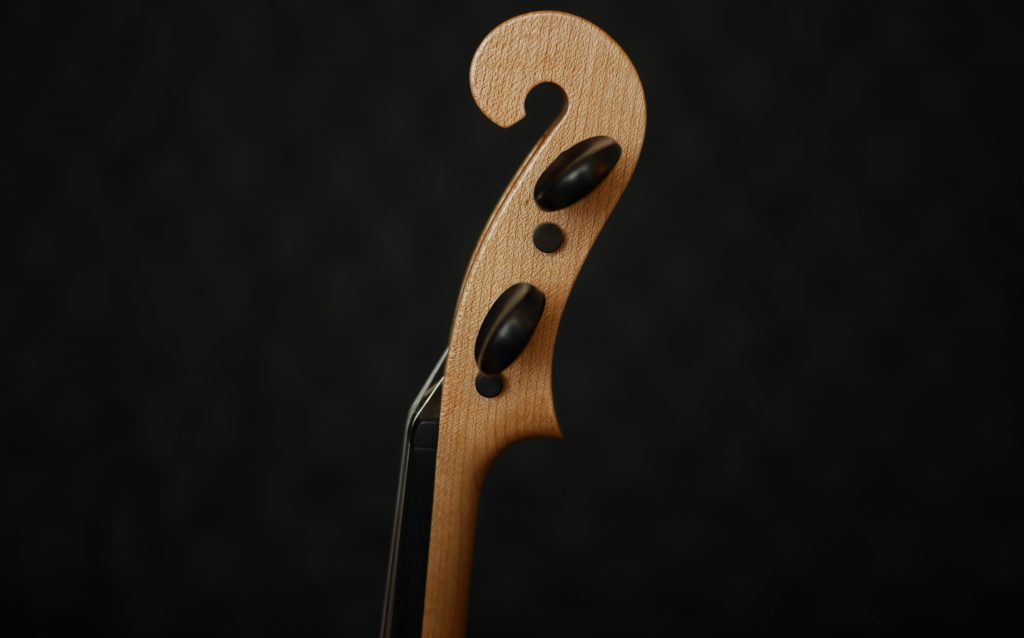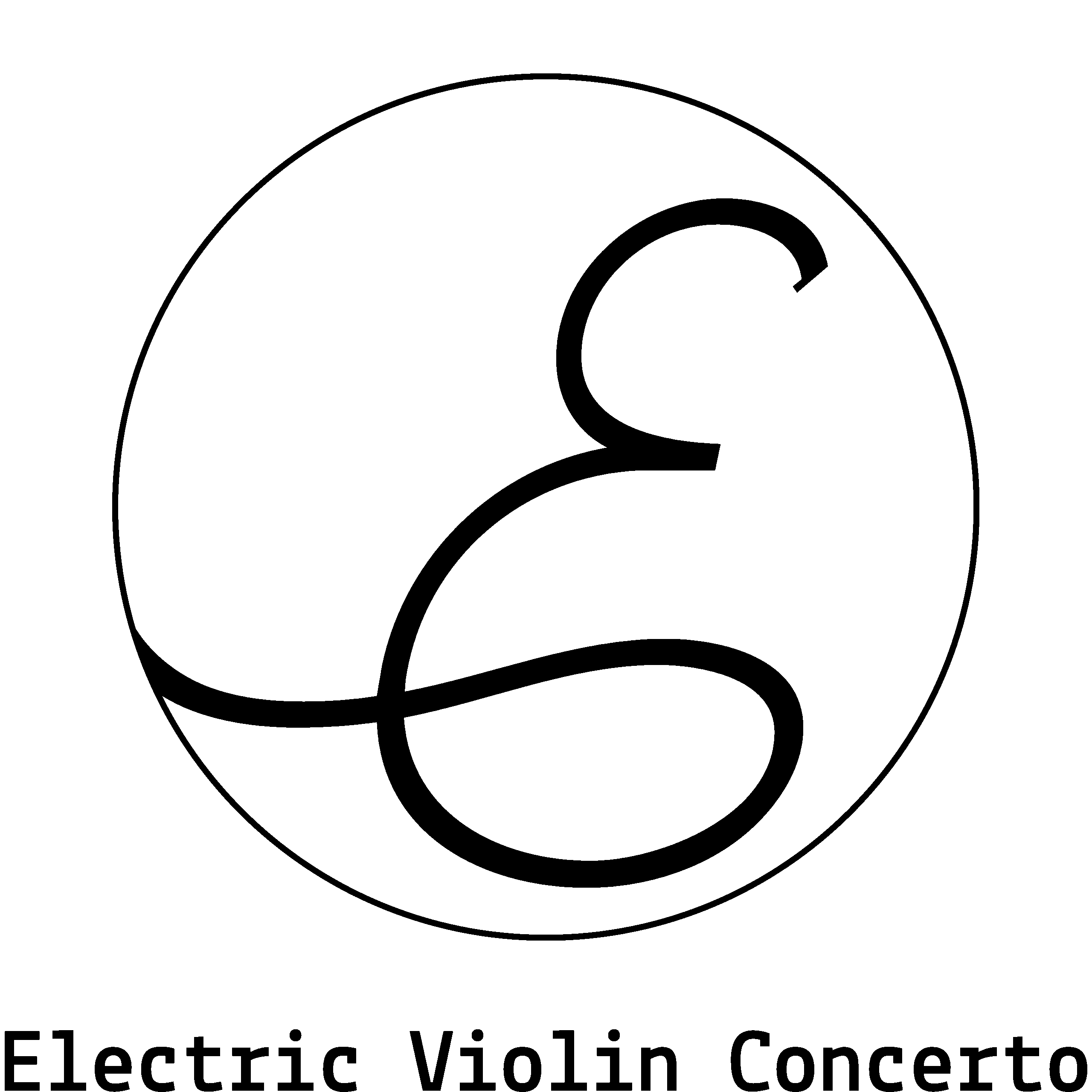In 2019, the composer Tormod Tvete Vik and the soloist Jens Elfving started to work on the Electric Violin Concerto (EVC). We wanted to explore the sound world of the electric violin and create a violin concerto in the same spirit and artistic quality as the classical violin concertos that are played in the concert halls today. Throughout music history, composers have often written violin concertos in close collaboration with soloists. Early on we understood why and decided to do this together. We wanted to comment on history and add something new. Create something that lasts over time and becomes an important part of the violin repertoire. An “electric” work, in every sense of the word, with a traditional form that orchestras can use as a gateway to heavier and longer musical works. A familiar experience for the experienced audience, and a relatable symphonic concert experience for the new audience, who may only have experienced symphonic music previously through film music. An anchor to connect new musical experiences to.
We shape our technology, and then technology shapes us
In 2020, something happened in Wuhan, China. Someone coughed during the concert. Everything changed. Apocalypse. Some became winners and many became losers. We isolated ourselves and started hoarding toilet paper for some reason. No matter how much we tried to cling to the past, it became painfully clear how change is the only constant. Our work with EVC also had to change. We started sharing sounds, ideas, and thoughts with each other digitally. Technology enabled us to collaborate closely even though our physical bodies were far apart. The electric violin became the instrument we used to work our way through the problems and questions that the pandemic highlighted.
The Instrument of Transformation

Each time we think back on a memory, it is recreated. Machines operate very differently. Data can remain exactly the same as when it was created. This fact makes it possible for soloists all over the world to perform EVC just like we imagined. Copy. Paste. Play. The soloist can just press “next” to bring up the next sonic snapshot.
True data meet false memories
The only thing that can not, and frankly should not be preset is the artistic expression of the soloist and the other musicians. The human factor. No machine can ever replicate that. The human body and mind is the instrument par excellence. The instrument that plays the instrument. The soloist needs to control the effect machine with both playing technique and the expression pedal to achieve the desired emotional effect. Even though Elvari can make the electric violin sound very similar to its acoustic counterpart, the playing technique is a little more baroque style with less weight and faster speed in the bow. And often it’s the little things that can make a big difference. Someone who coughs during the concert, for example. Or just the fact that the soloist does not have to play loud to be heard over the string ensemble. A seemingly small detail that gives us an ocean of new sonic possibilities, even without any effects. Add effects and we can suddenly open up a whole new world of sound.
